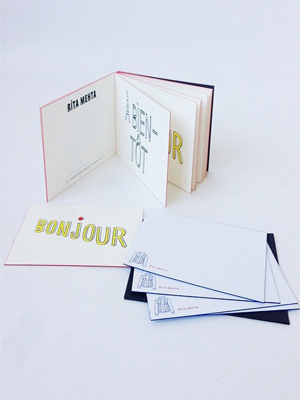Paper Chase Press is a second generation, family-run press and bindery providing clients bespoke, cutting-edge printed media since 1976. Paper Chase Press is based in LA.
As part of our commitment to the environment, Paper Chase Press utilizes only eco-friendly, waterless printing technology, eliminating the need for up to 100,000 liters of water and 10,000 liters of alcohol per year consumed by a typical mid-size printer. Paper Chase Press has taken our devotion to minimizing the company’s environmental footprint by using only FSC (Forest Stewardship Council) certified paper made entirely from mixed sources and responsibly managed forests. We often forget that a product ordered overseas expends thousands of gallons of fuel, not to mention lost time when it comes to a quick turnaround. But Paper Chase Press maintains all of its operations under one roof. Even our partners are just a few miles away. This means transportation and fuel consumption is always kept to a minimum.
